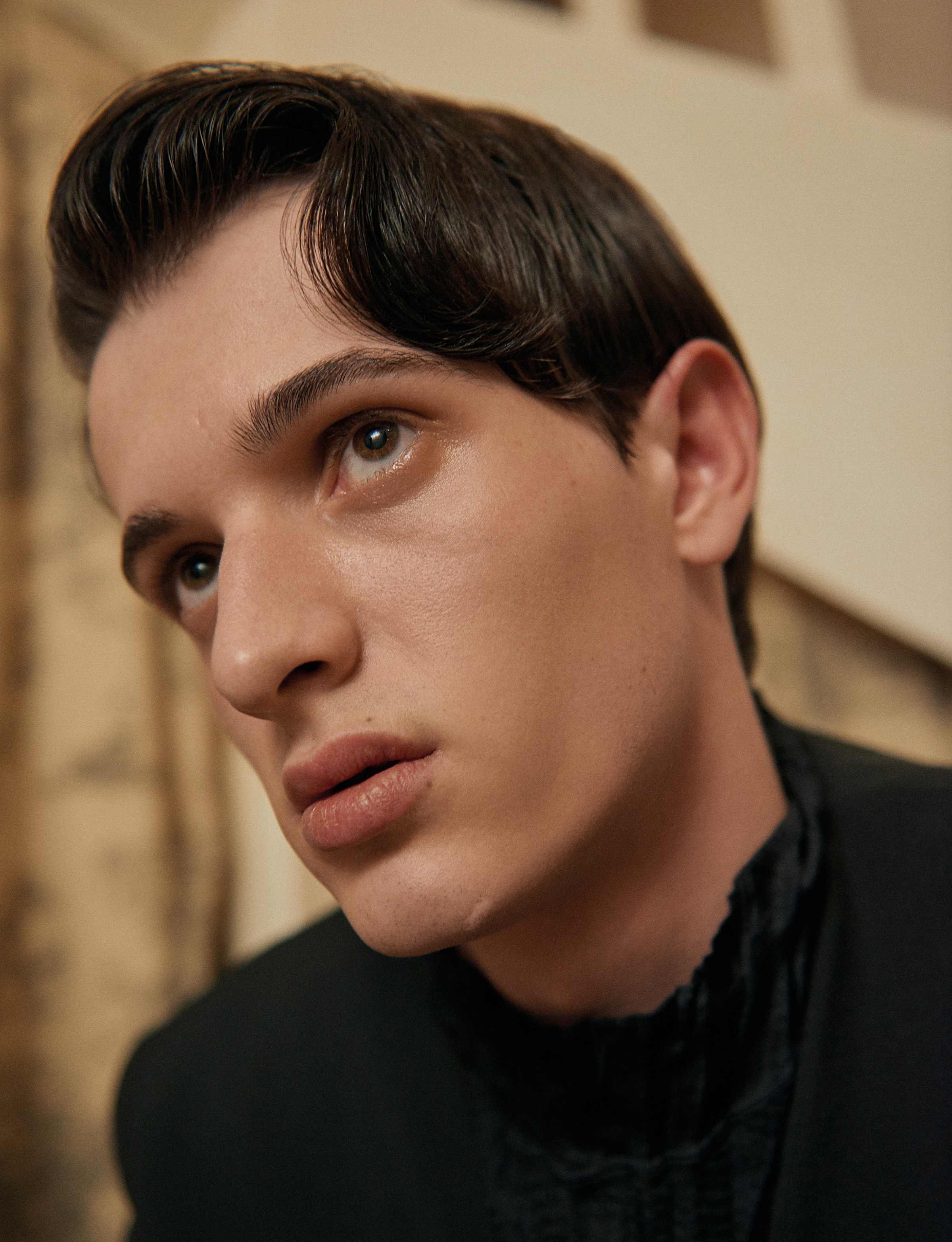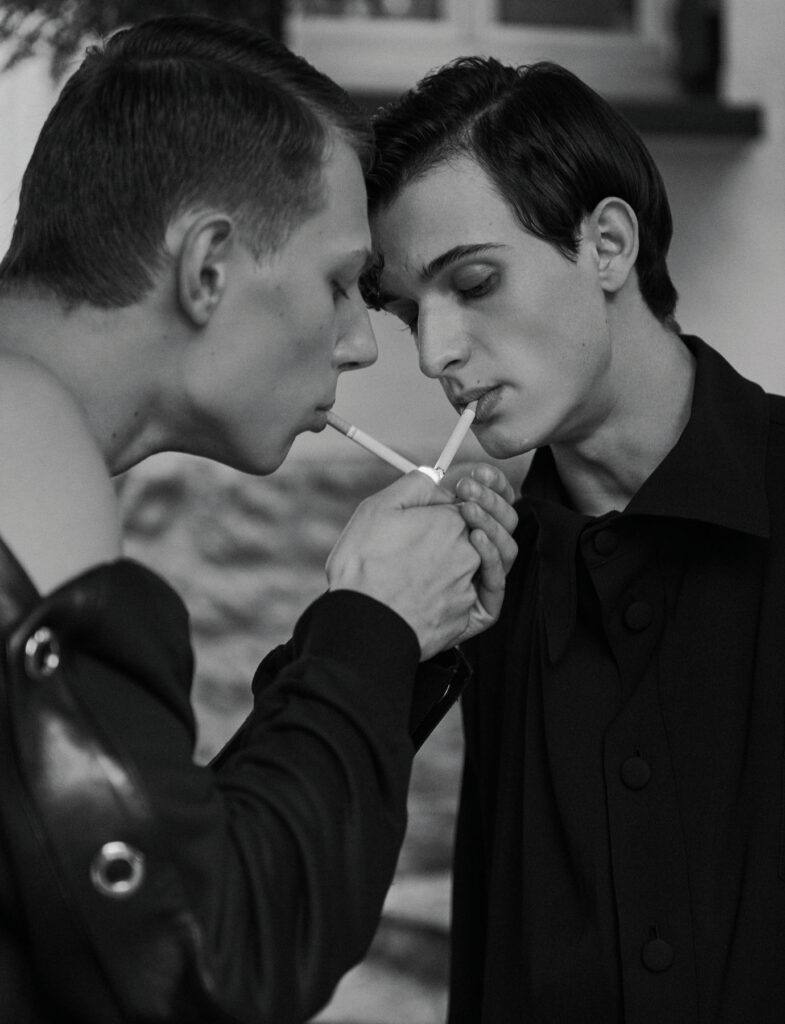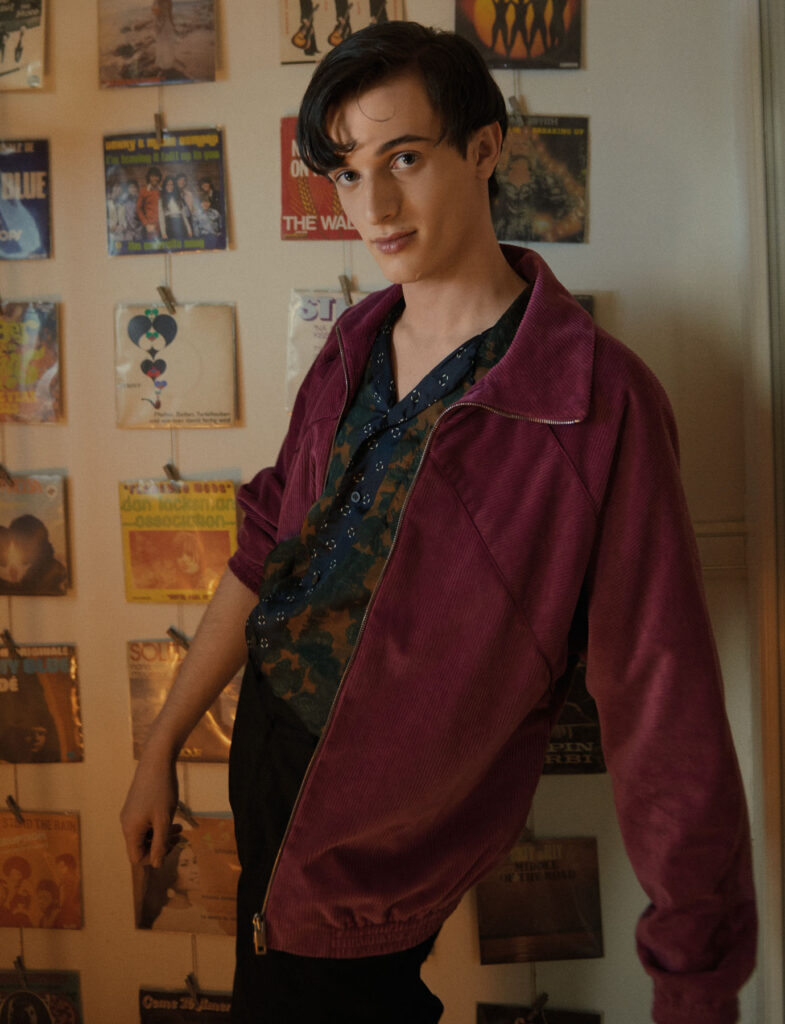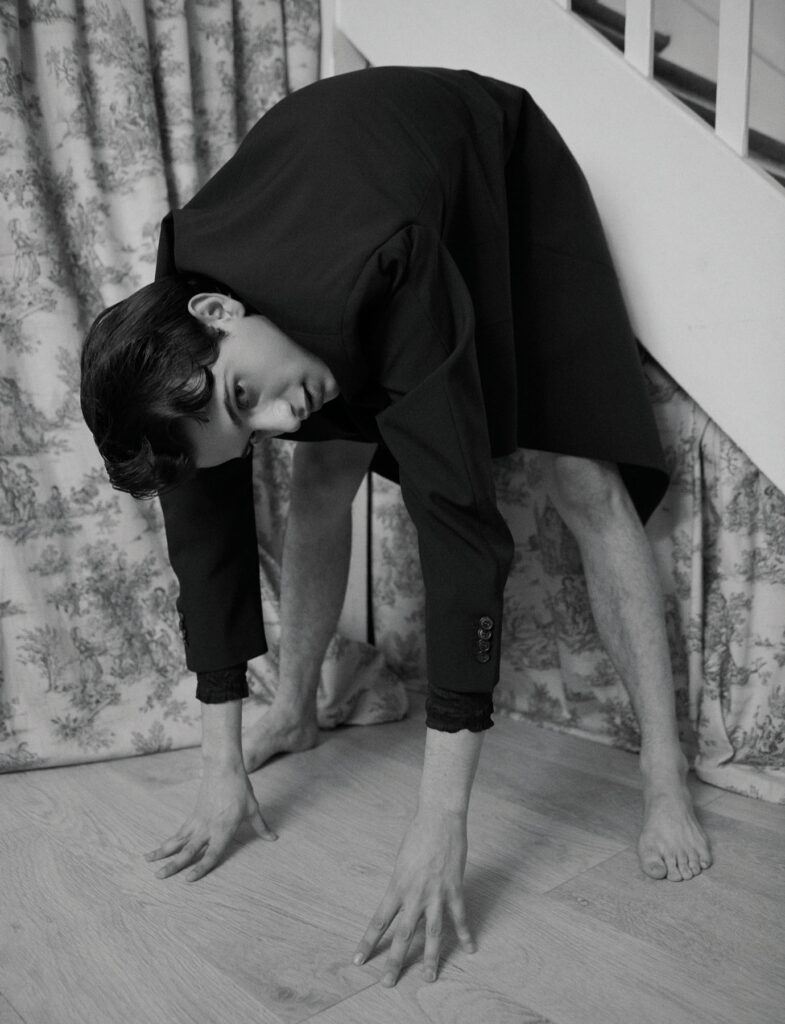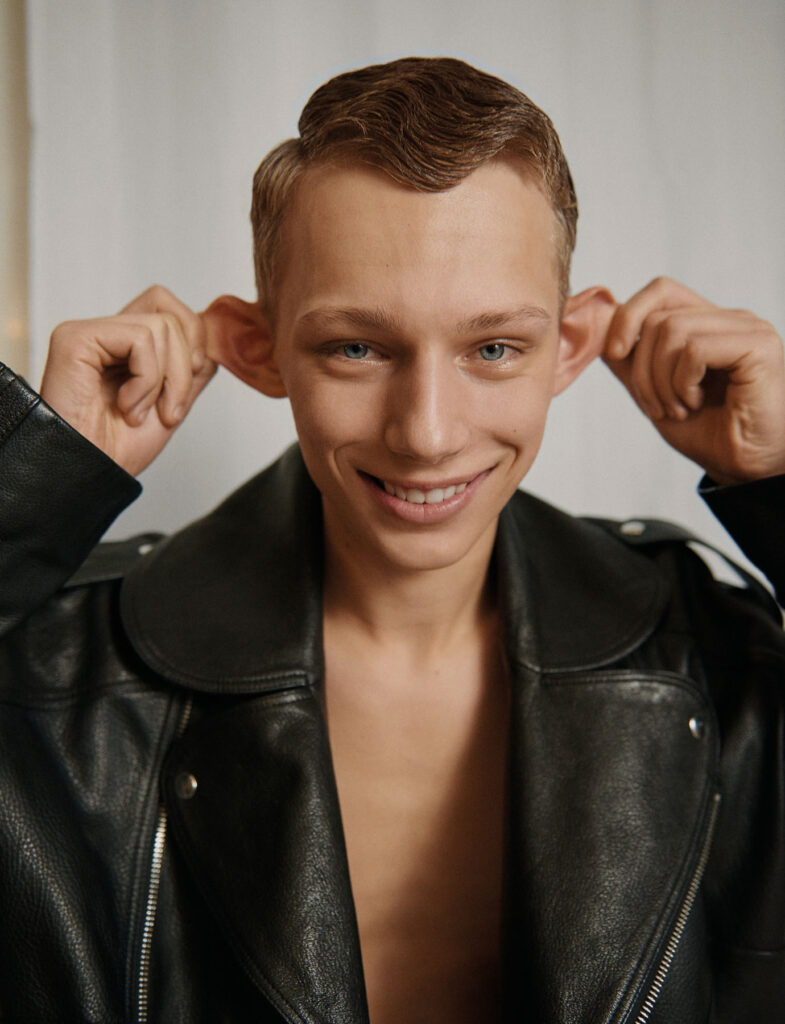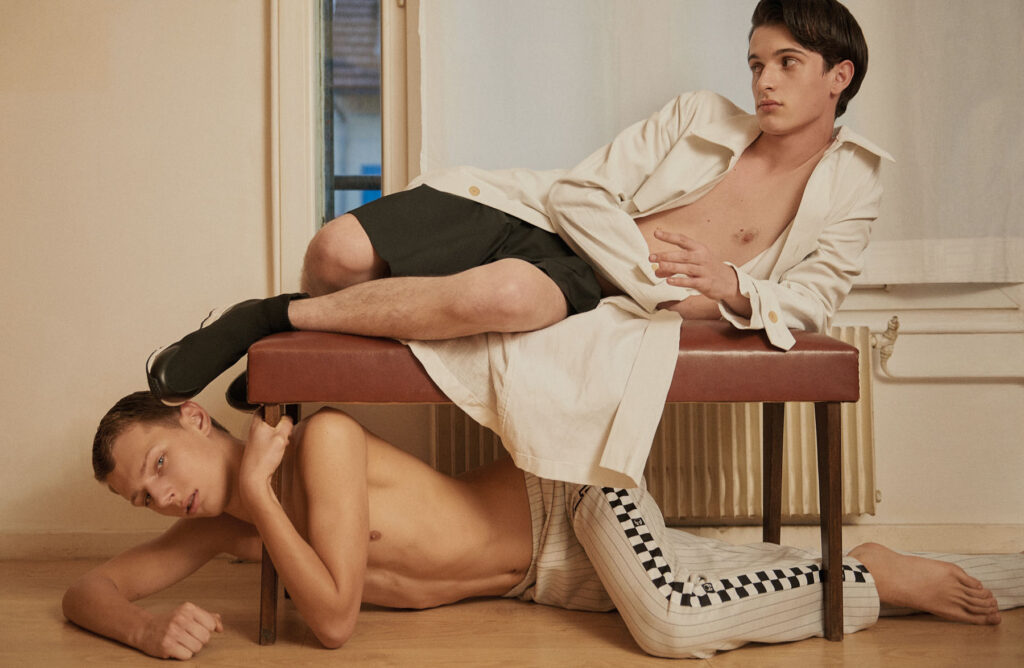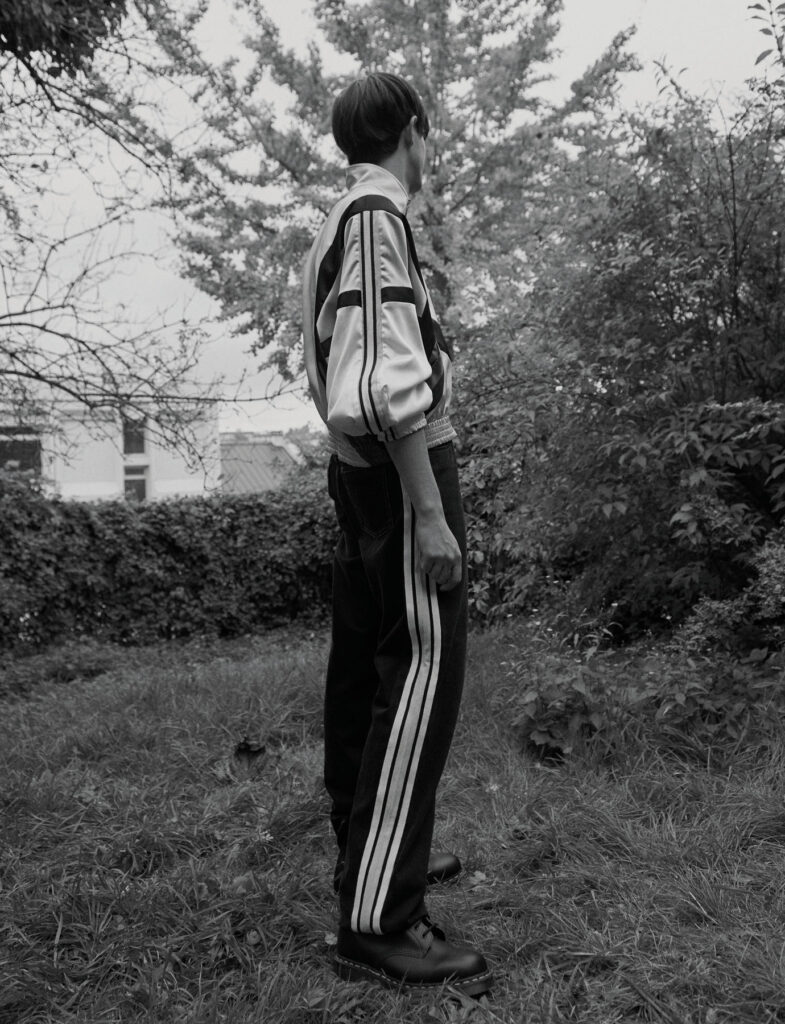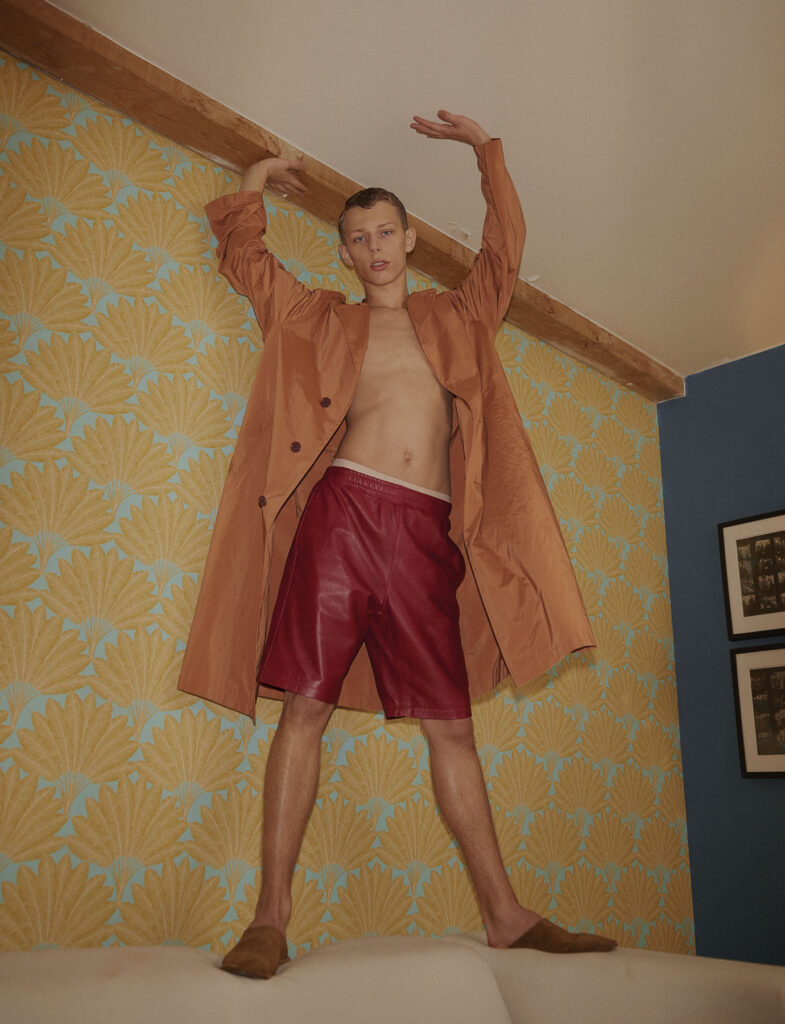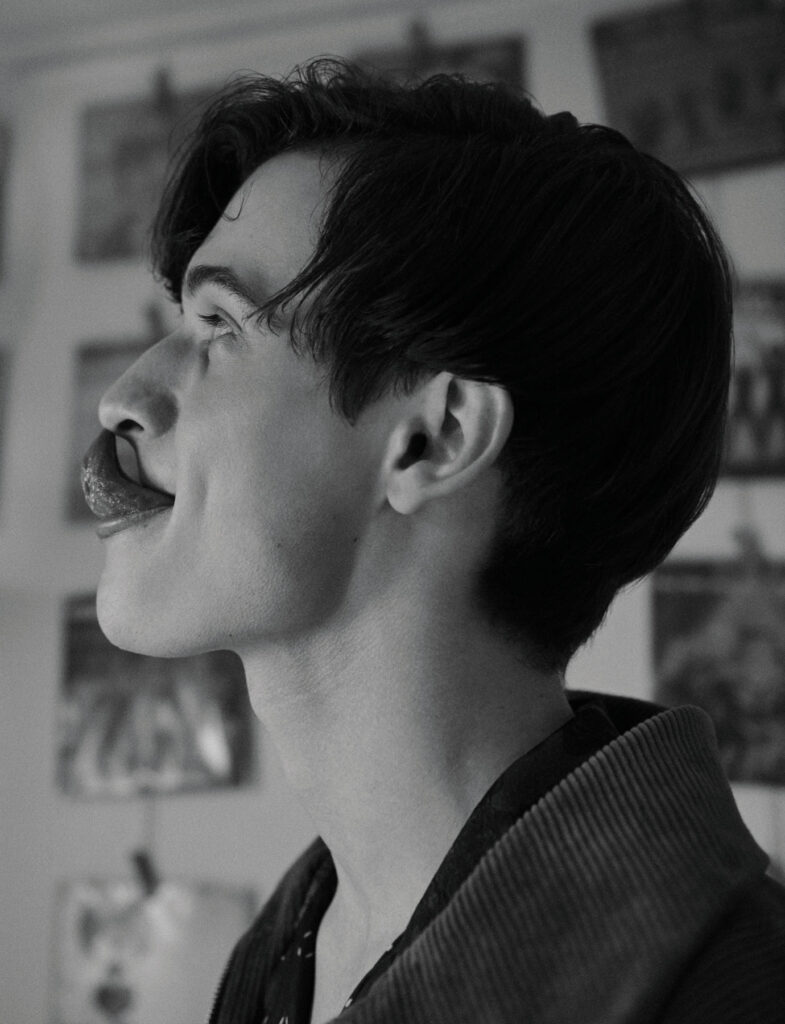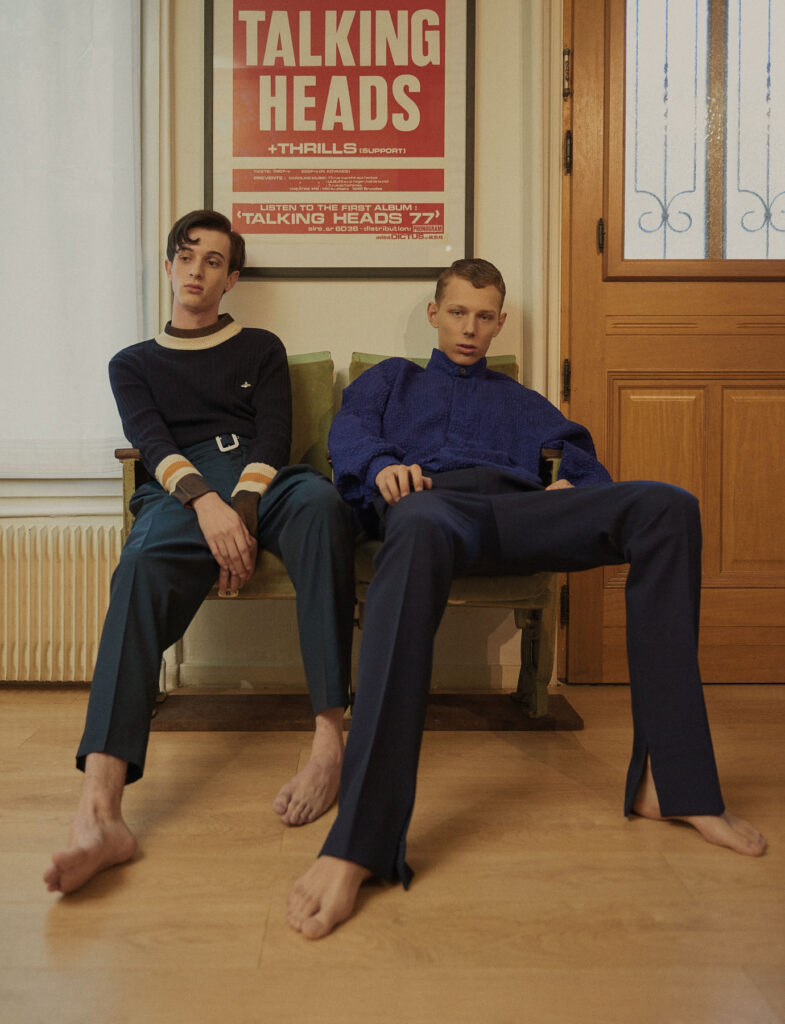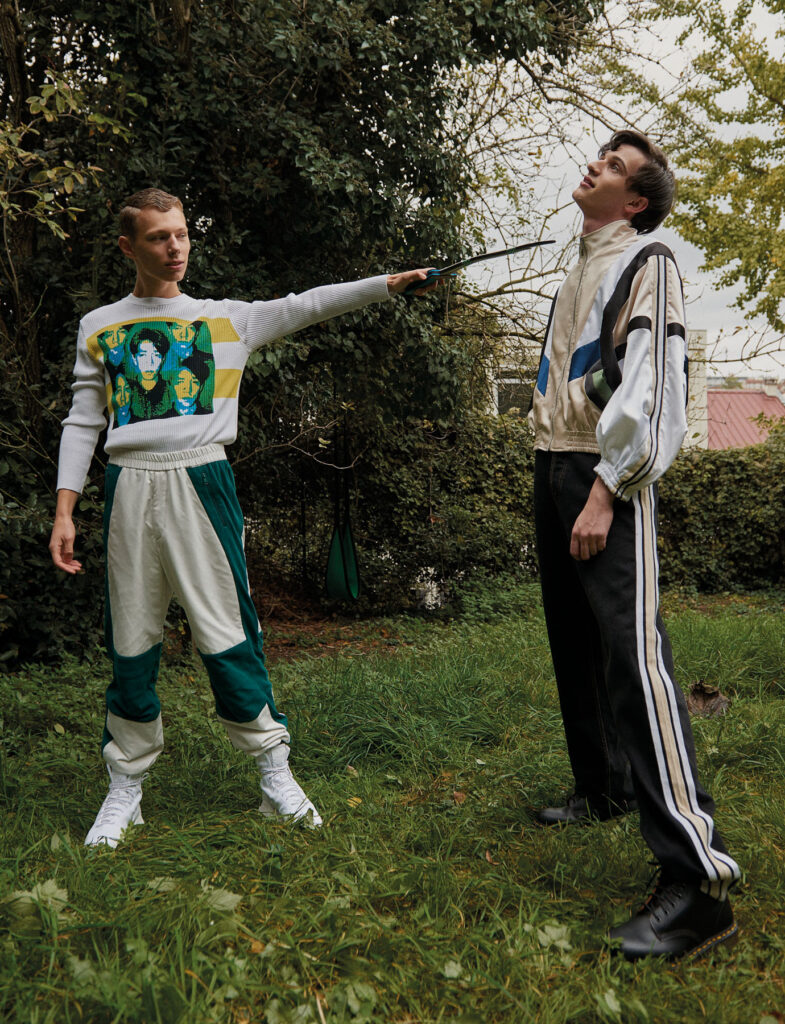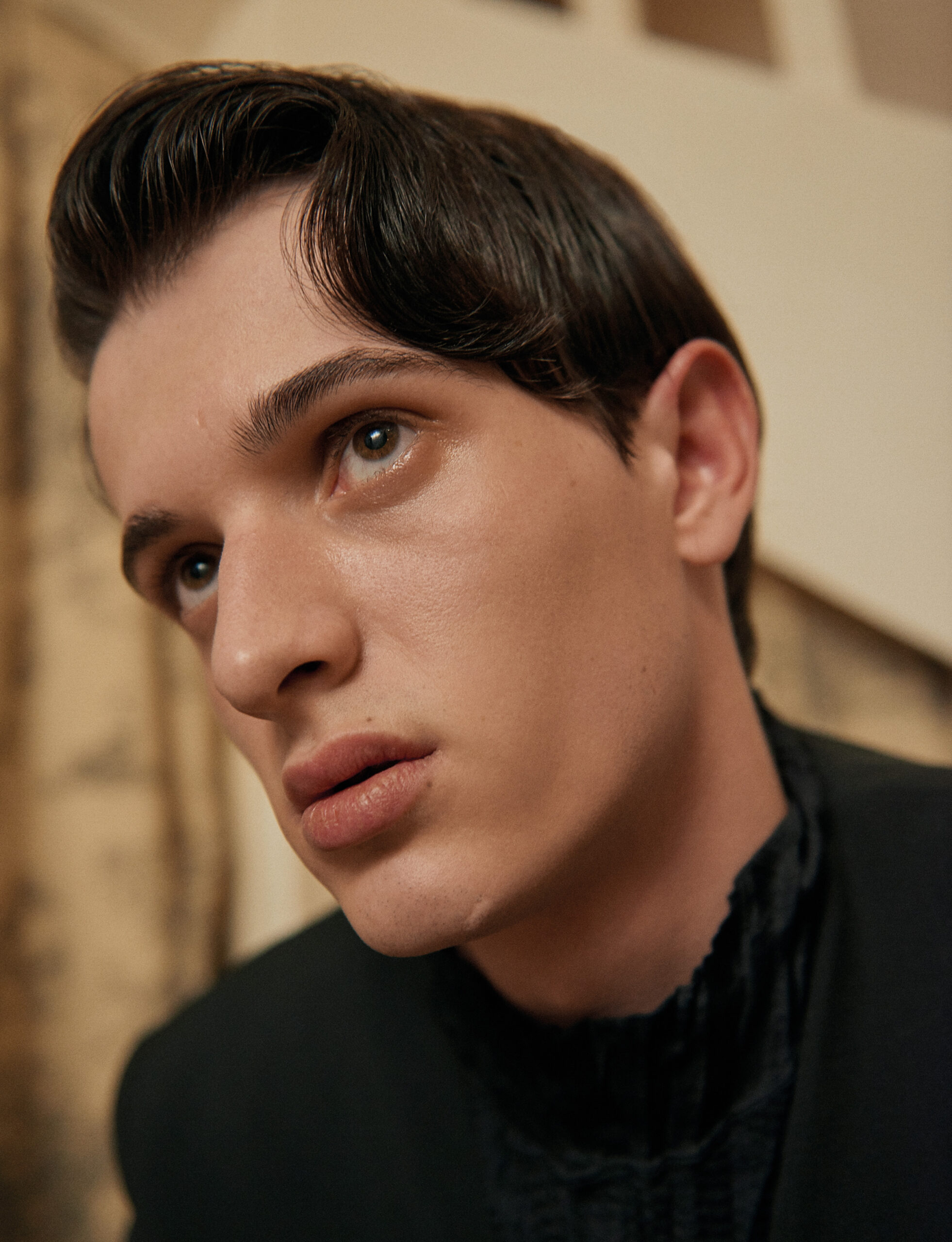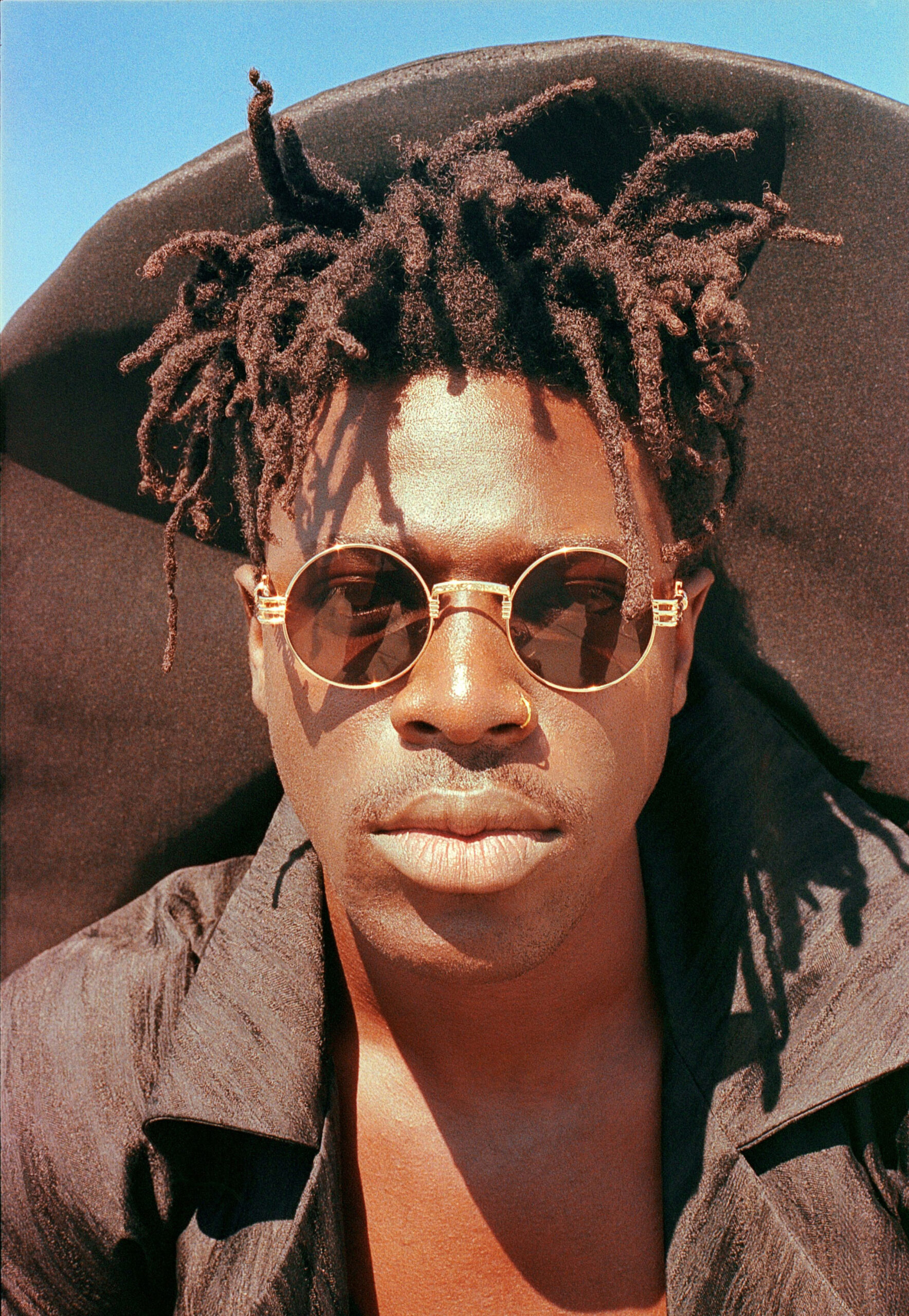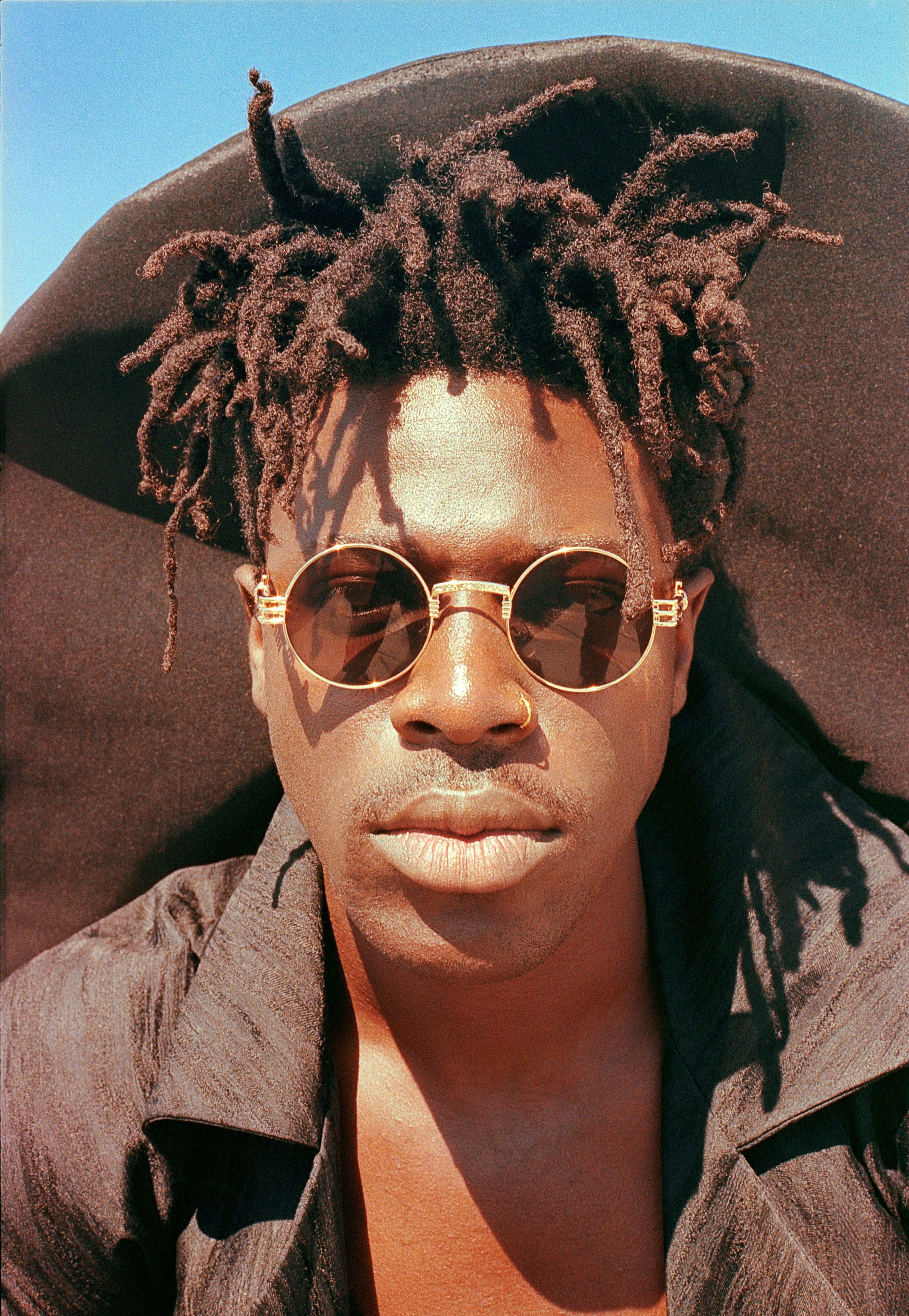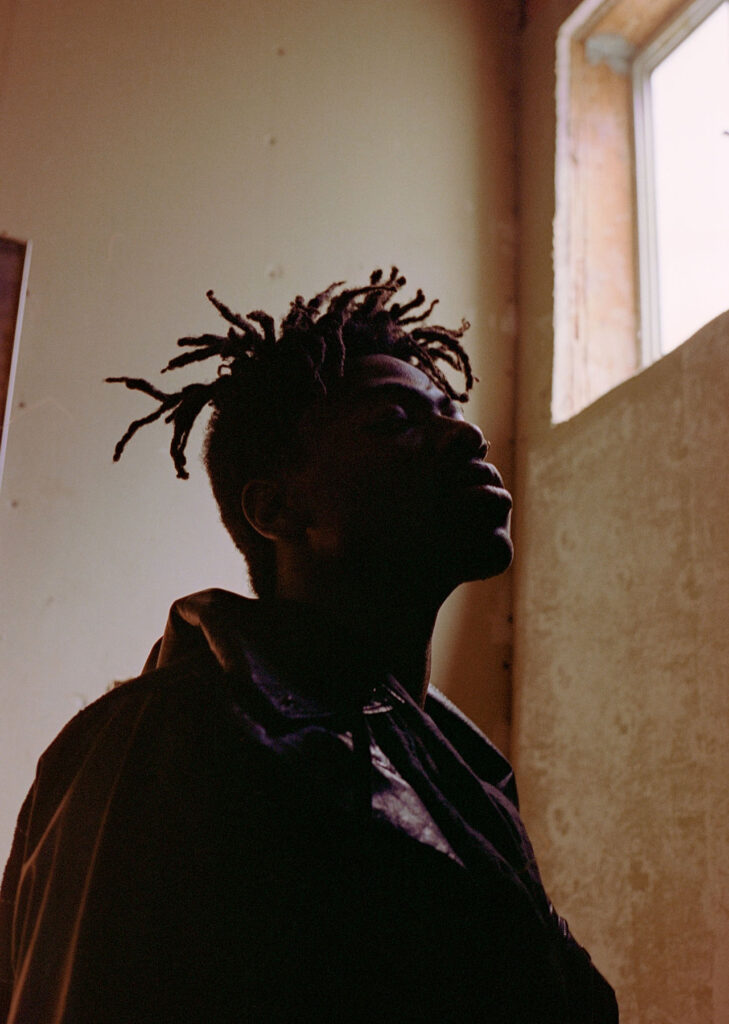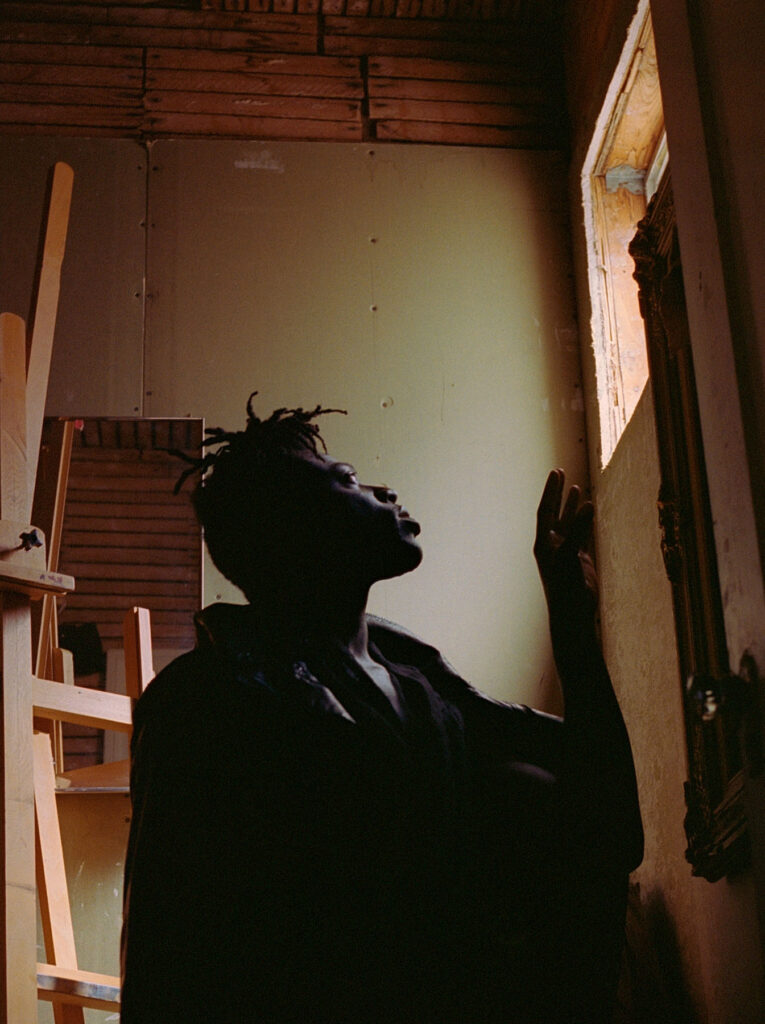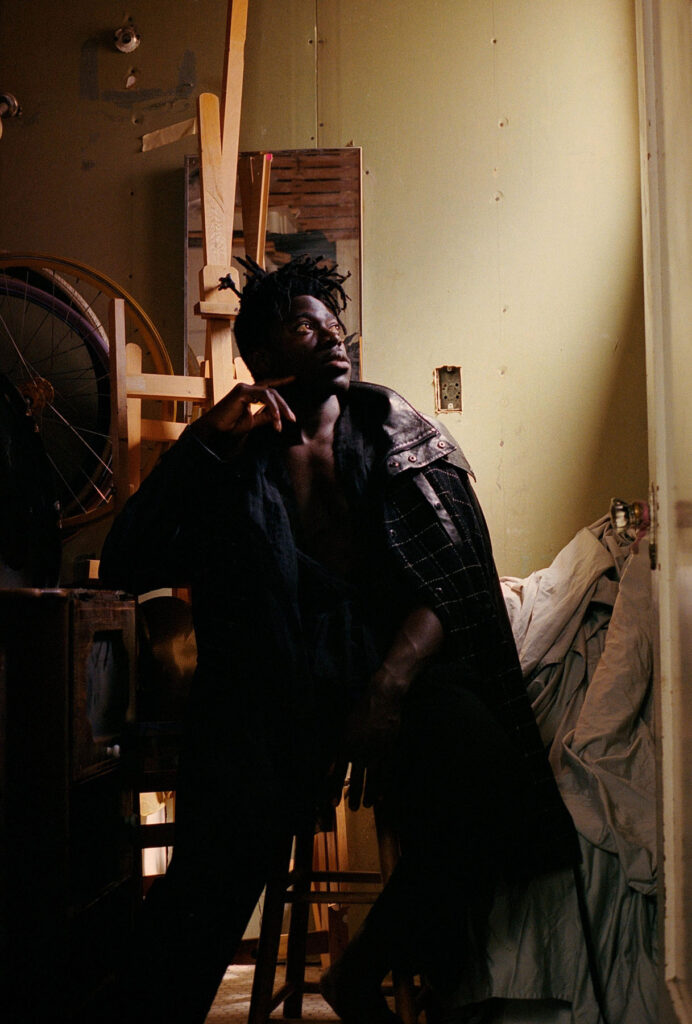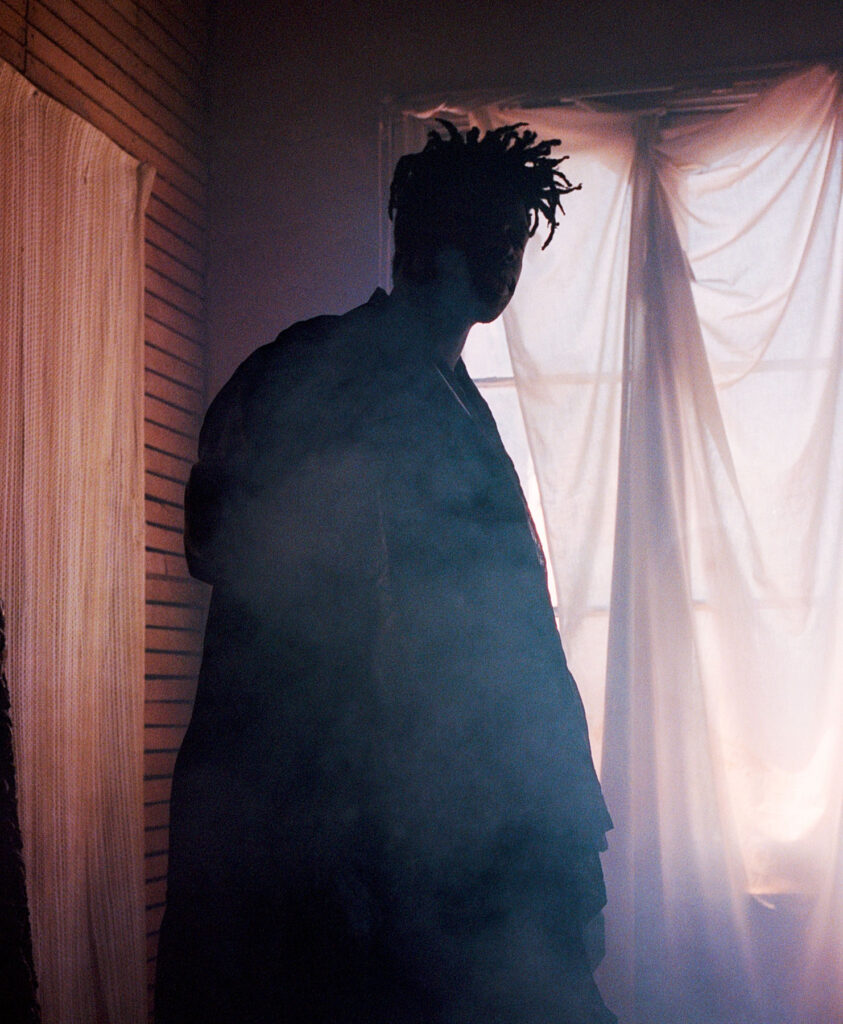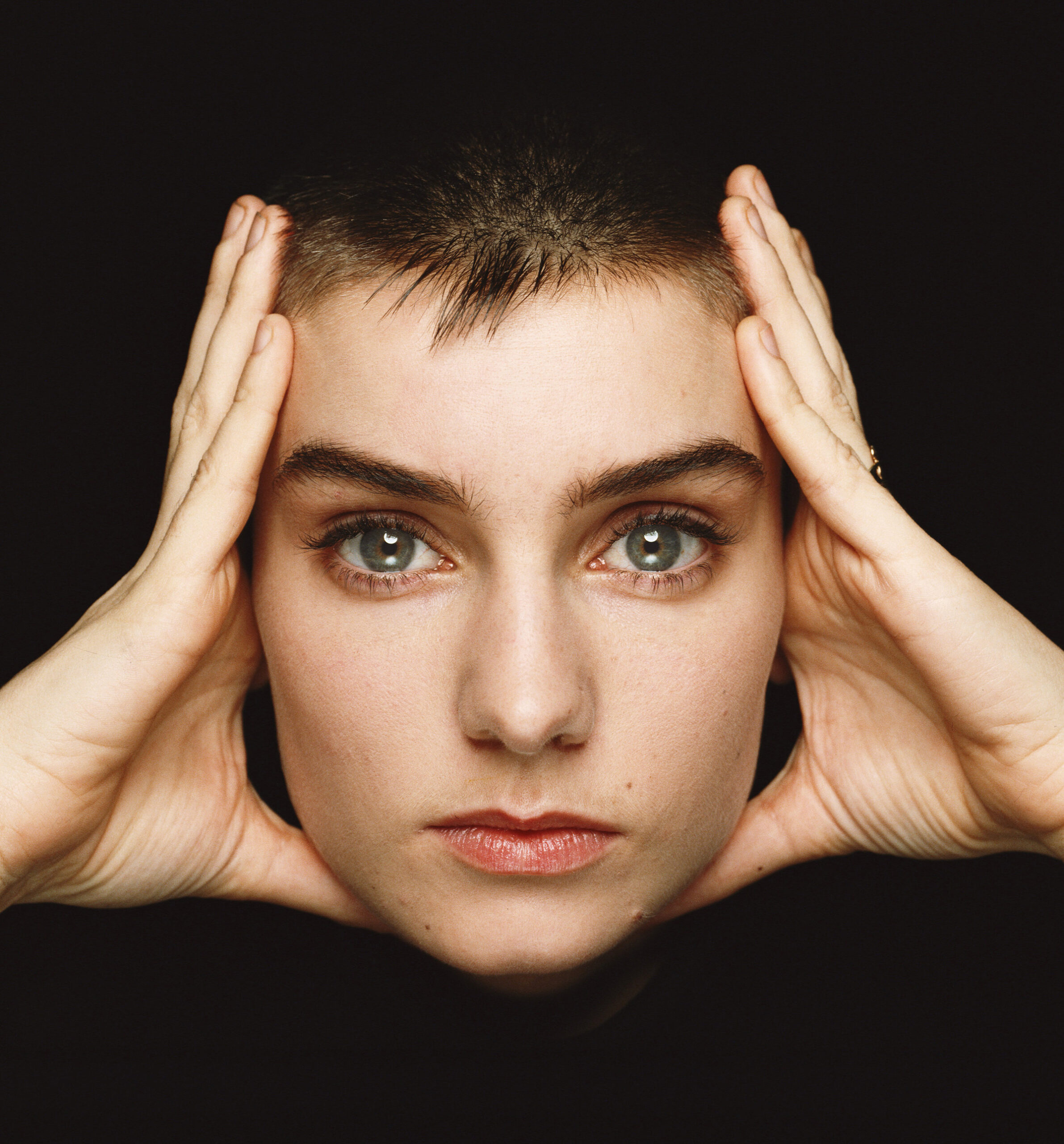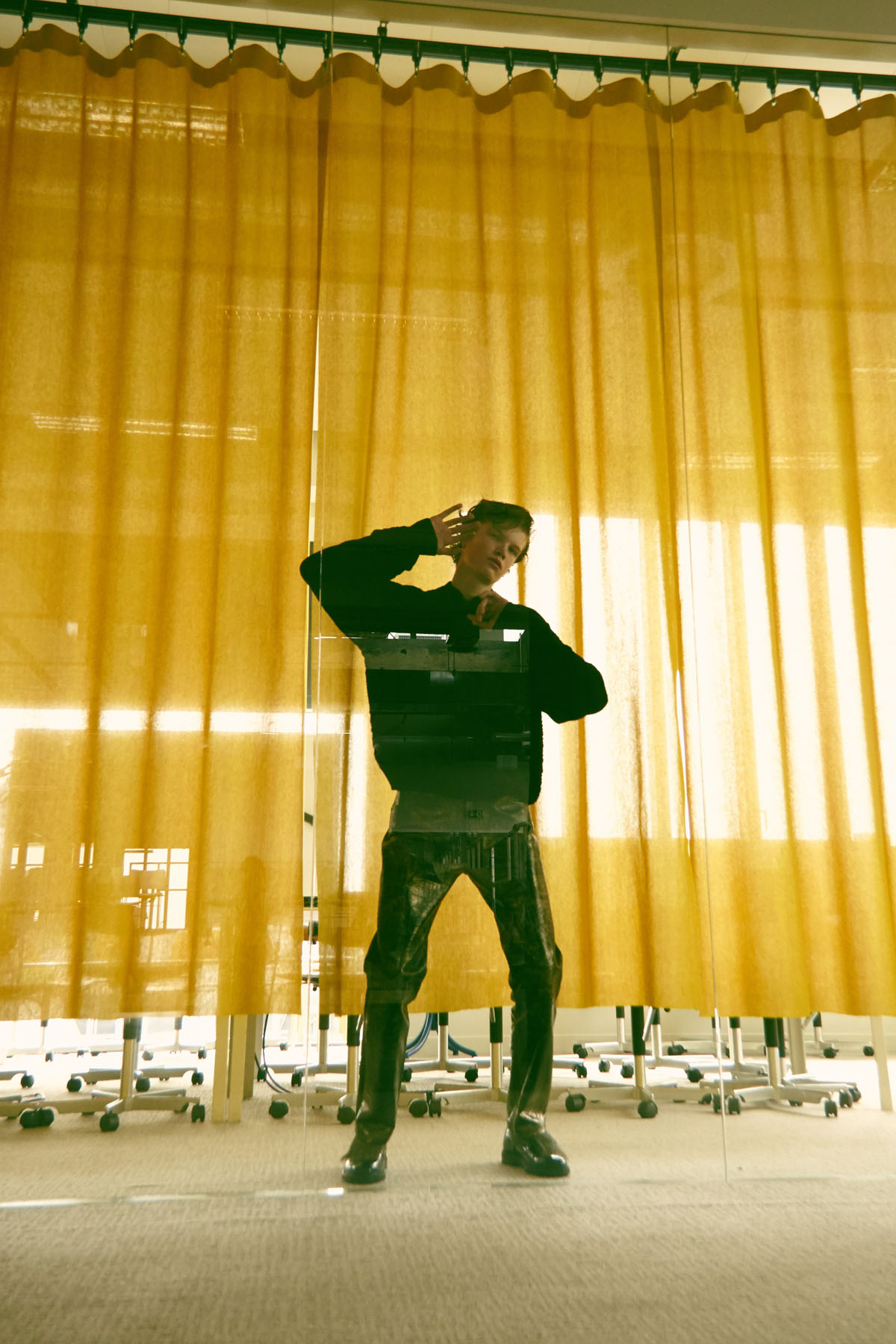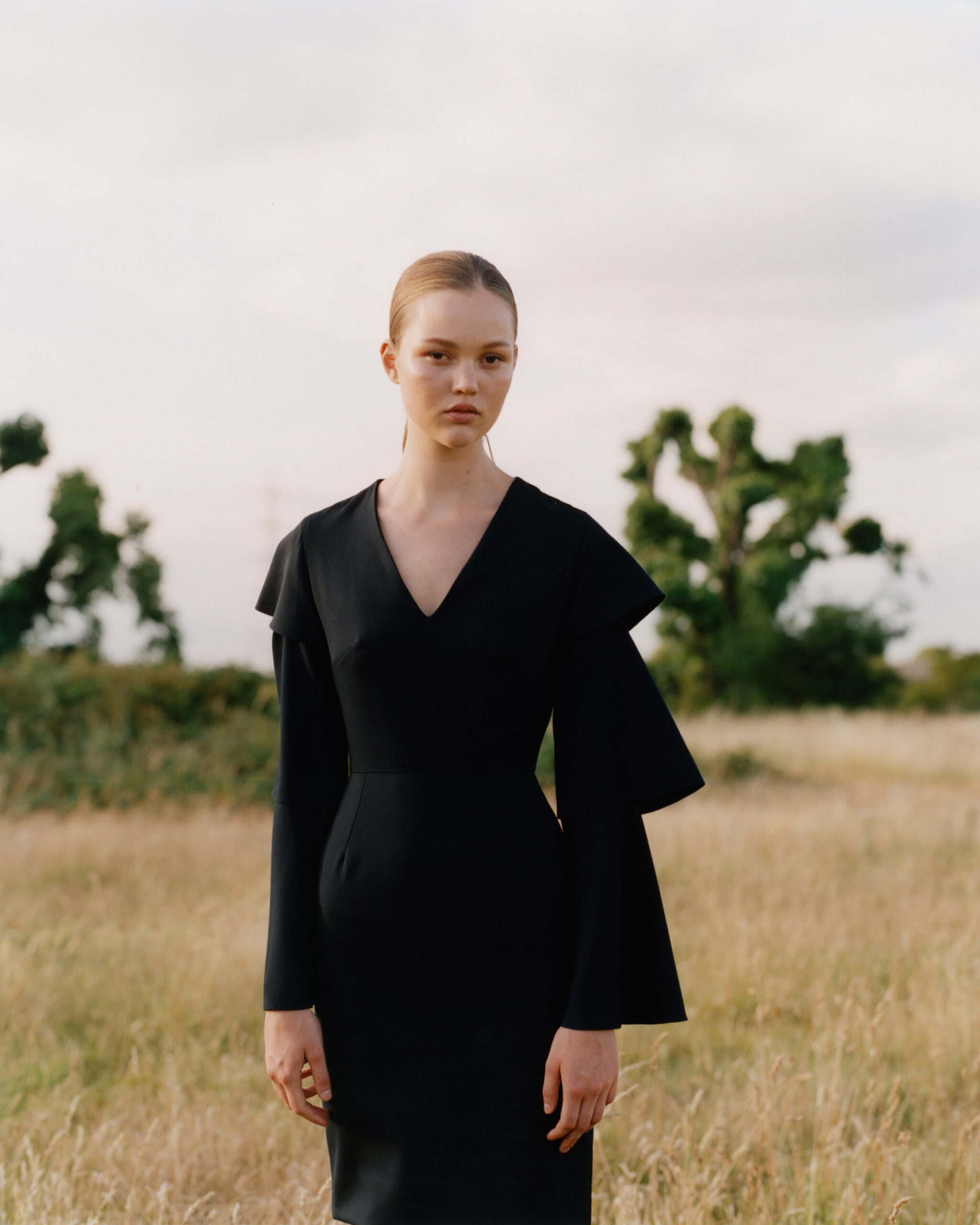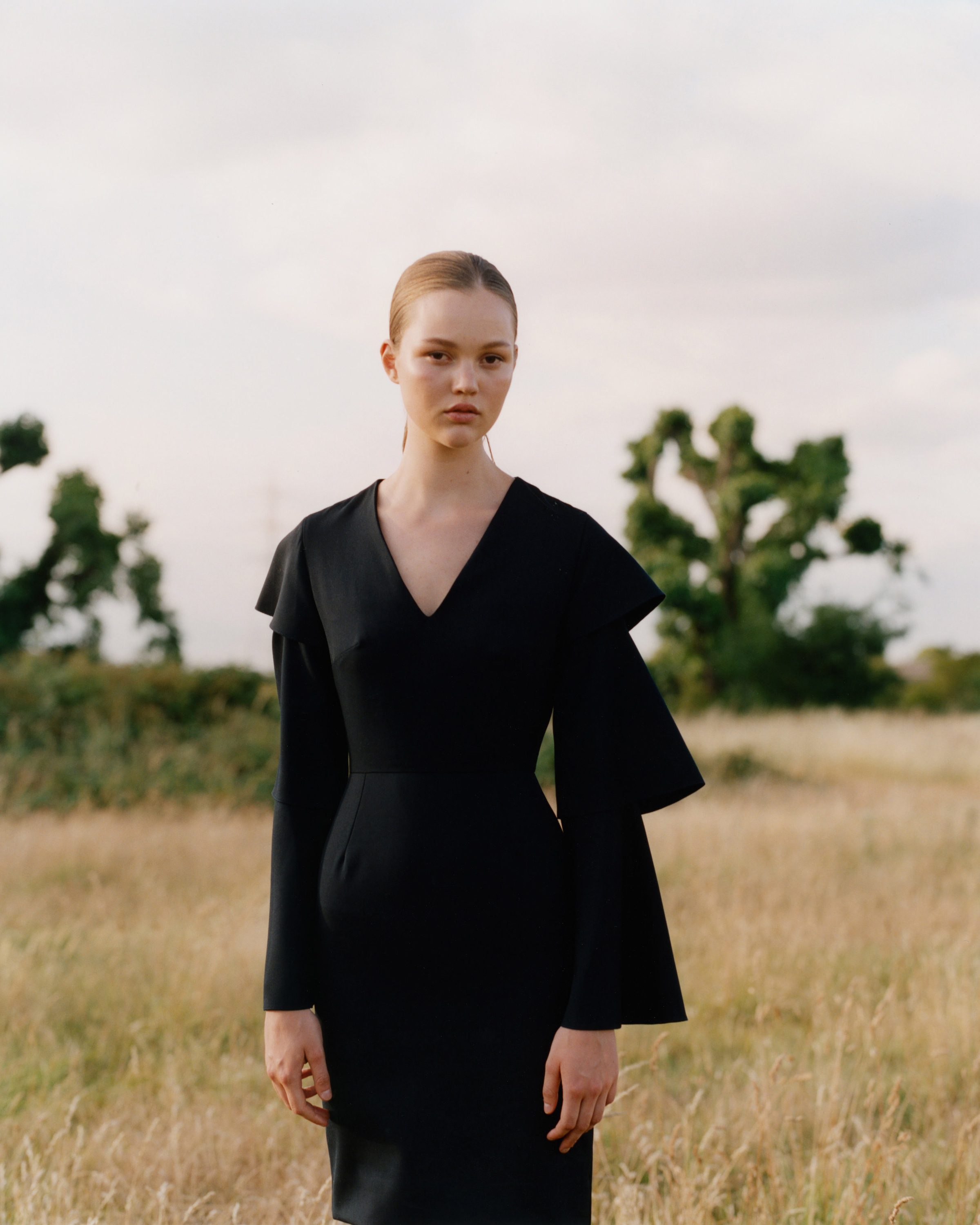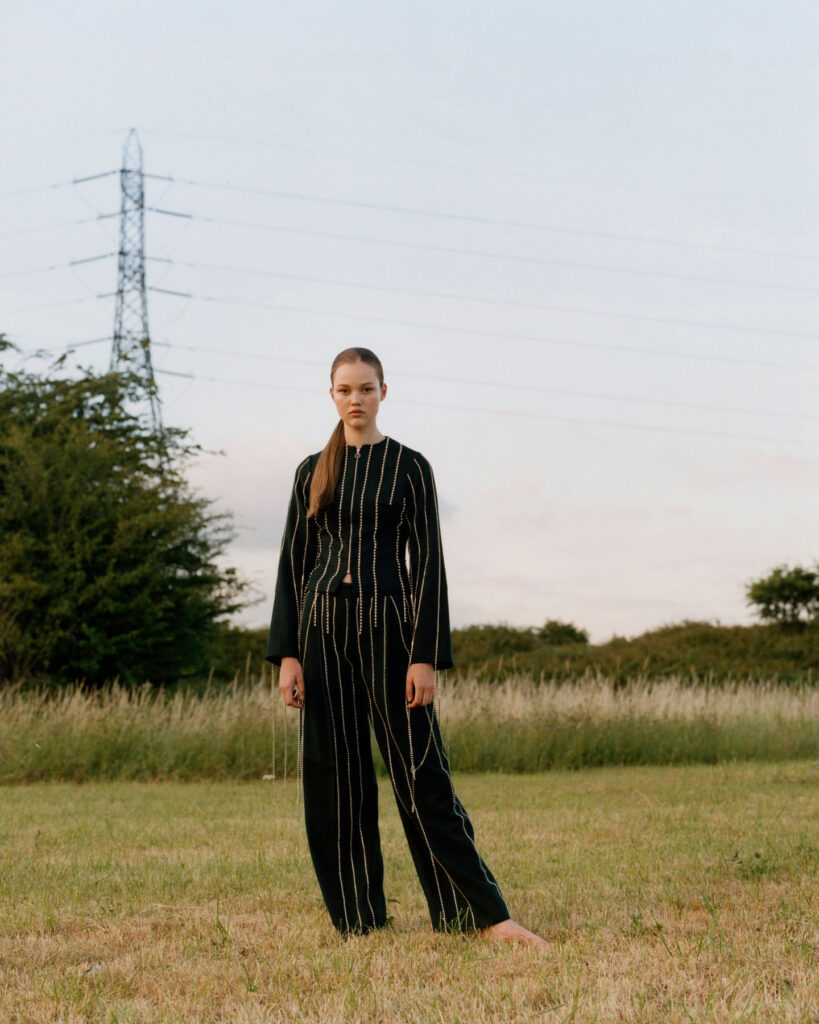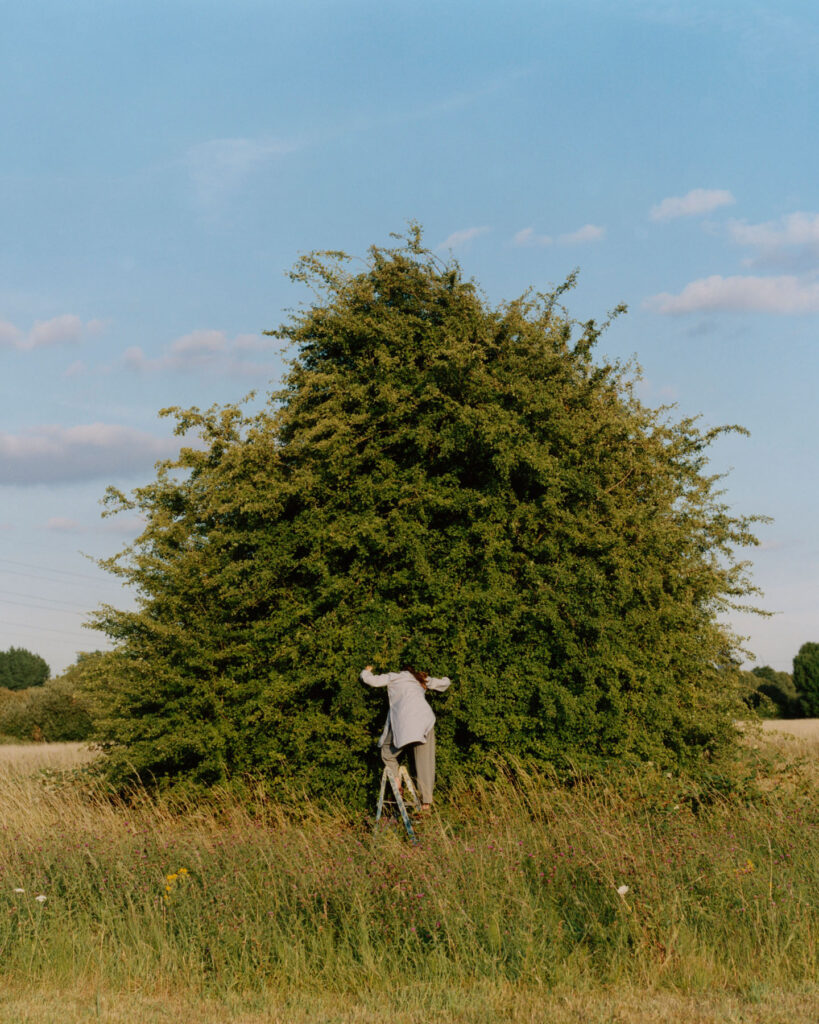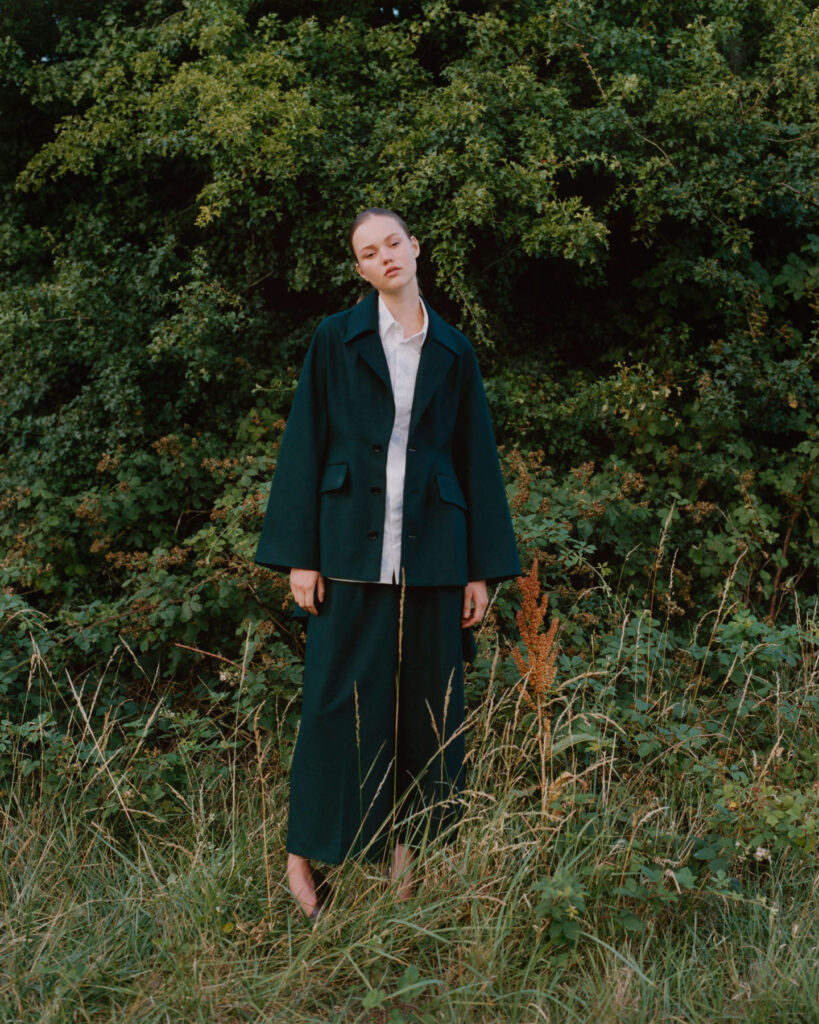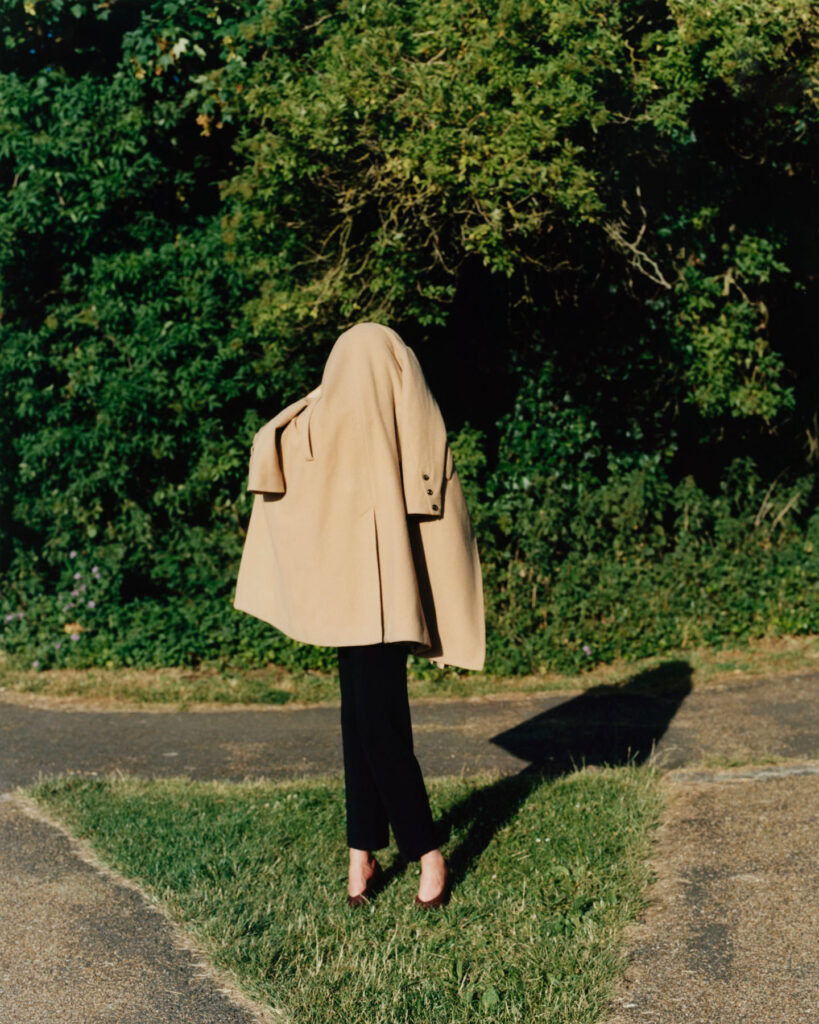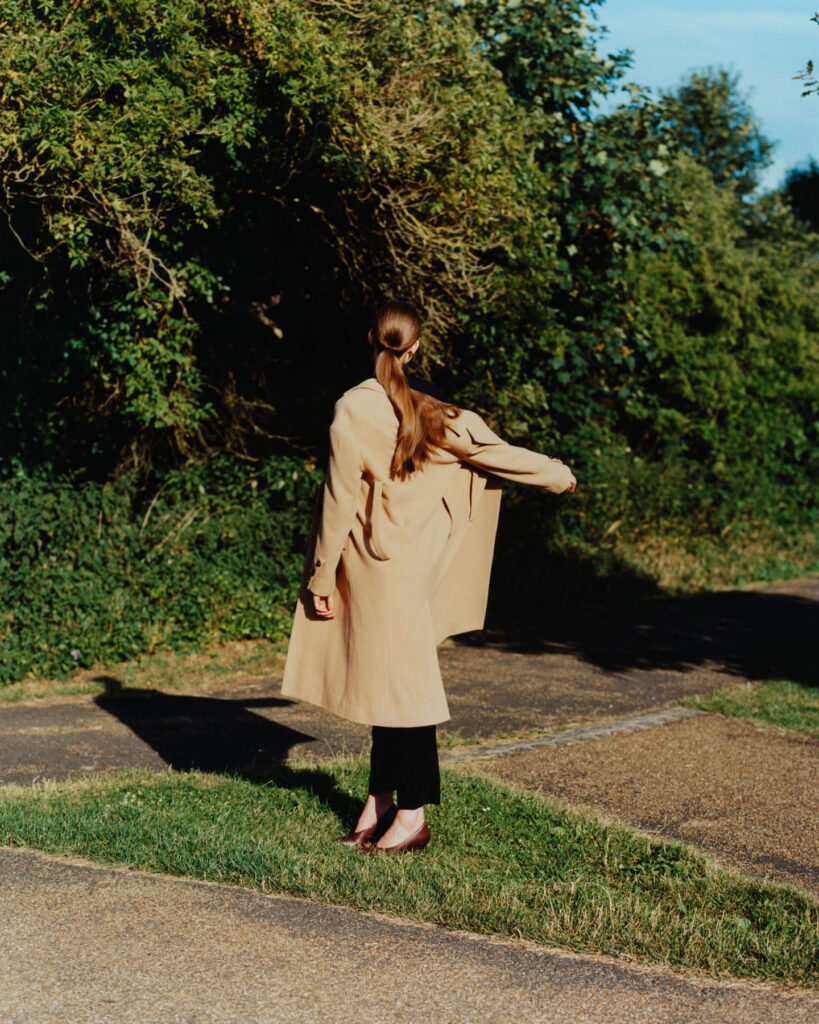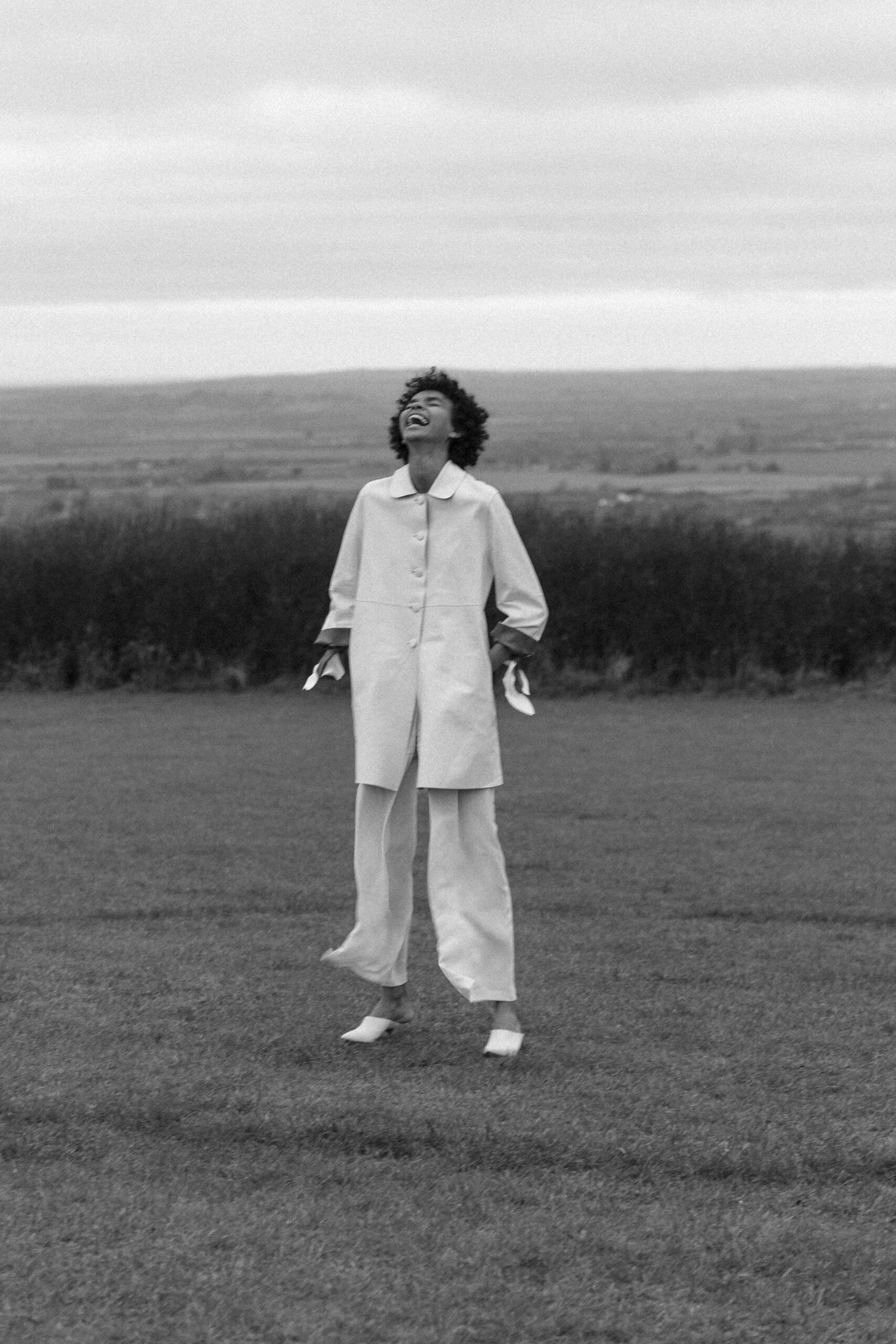Collaborations have formed a key part of Sumney’s career, including co-producing and singing the opening track on Beck’s covers compilation Song Reader and holding a guest spot on Solange’s A Seat at the Table album. Last year he performed at the Oscar’s alongside Sufjan Stevens and St Vincent on Mystery of Love from Luca Guadagnino’s Call Me by Your Name, nominated for Best Original Song, an experience he live Tweeted to hilarious effect. He tells me: “From the stage I could see Meryl Streep, I could see her. So that was cool, you know, not unnerving at all…” Since Aromanticism’s release he’s also hit a packed schedule of festival and gig dates worldwide including London’s Field Day and Germany’s MELT!, as well as the US’s Coachella and Pitchfork Festival and he sold out Sydney Opera House in February.
Coming out of his shell and putting his work on the stage is something he is still challenged by. On the one hand seeing tracks he wrote and practised in his bedroom move and connect with people who don’t even share his language has been exhilarating, yet hitting new cities every few days has also left him feeling “unbalanced”: “It’s a pretty unnatural thing for a human being to do. So it’s incredibly euphoric but maybe I would better describe it as manic. Sometimes you feel really high, sometimes you feel really low: my mood changes every five minutes. It’s a pretty wild ride but I love singing and I love performing so it feels really good.”
It’s London though that Sumney admits is his favourite place to be and play: “People on this side of the world tend to embrace experimentation a lot better than where I’m from, better than Los Angeles especially which seems beholden to commercial music tropes often, even in the indie scene. I appreciate in London I have room to be weird, I have room to experiment, I have room to be soulful. Maybe because the sun is not shining people are more moody, they’re more in their feelings,” he says, only half-jokingly.
A move away from his home country he also reflects is to do with a detachment from the political situation there, one he sees has been deteriorating for much of his adult life: “It feels pretty futile to let it upset me. Since last year I’ve been spending most of my time in Europe and most of that in England. I think I’ve been through so many phases of being enraged that sometimes I take a little break, which I’m doing now, and then I just focus on music which helps me feel better, balanced, cleansed, sane. Maybe it is a bit escapist.”
Cognisant of the fact that the industry doesn’t allow complacency, since the album’s launch he has also released extended version Make Out in My Car: Chameleon Suite with various reimaginings of the original track, including a duet with Alex Isley, a James Blake remix and a new song based on the original by Sufjan Stevens. Most recently in August came three-track EP Black in Deep Red, 2014 including Rank & File which holds a fresh energy, with fingers clicks and marching beats reminiscent of military protest. And he’s already been cooking up his next record: ‘It just takes a long time to make an album, you kind of have to get right back in if you want to do it again.” The next one he says, “is going to be louder and crazier, a little bit more experimentation but also a little more focus on the songwriting. I think it will just feel like another step or another chapter to the same book. I feel I have a lot of freedom and can do whatever I want so I’m really just trying to challenge myself to make music that doesn’t sound like everything else.”
He recognises however this is perhaps not the case across the industry: “There could be more room for weird music in the general dialogue. Sometimes I feel like now is a really free moment and then other times I feel the internet is making everything be one big amalgamated sound. It has opened things up more so that you don’t need to be backed by a huge record label. But I don’t feel things are diverse enough.”
